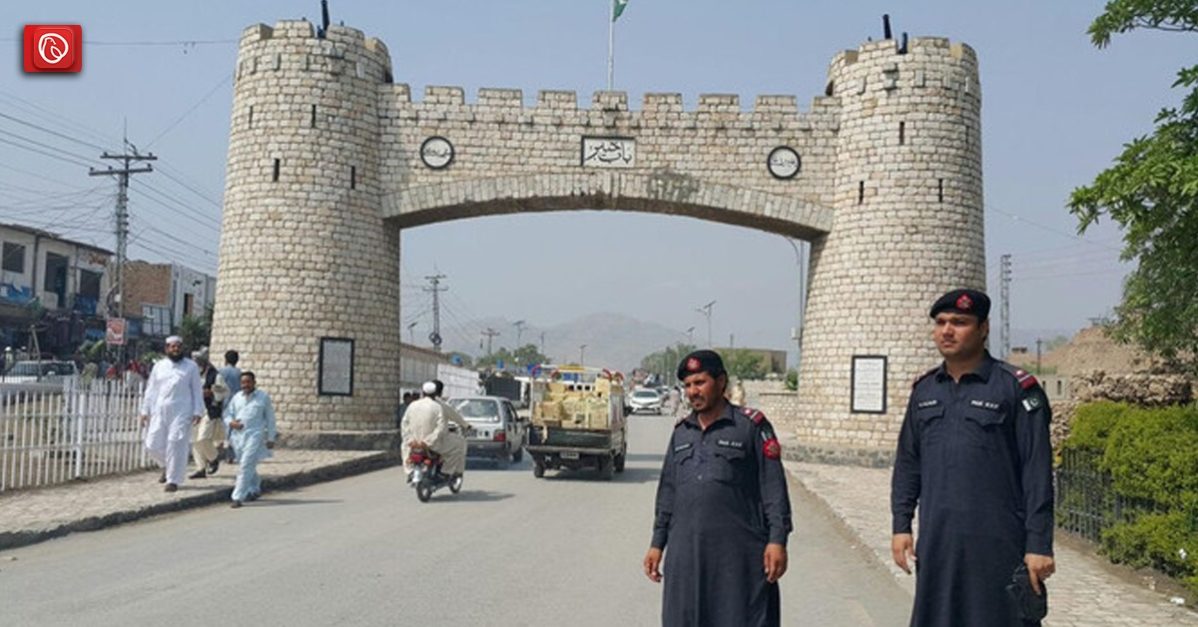The Khyber Pass, located in the Khyber Pakhtunkhwa, Pakistan, is a mountain pass of great historical and strategic significance. It serves as a crucial link between Kabul, the capital of Afghanistan, and Peshawar, Pakistan. It is known for its rugged beauty, connecting the arid hills of the Spin Ghar Range. With its rich history that dates back centuries, it has witnessed the passage of numerous armies, traders, and conquerors. In this blog, Graana.com provides a detailed overview of the Khyber Pass, exploring its geography, history, and cultural significance.
The Range
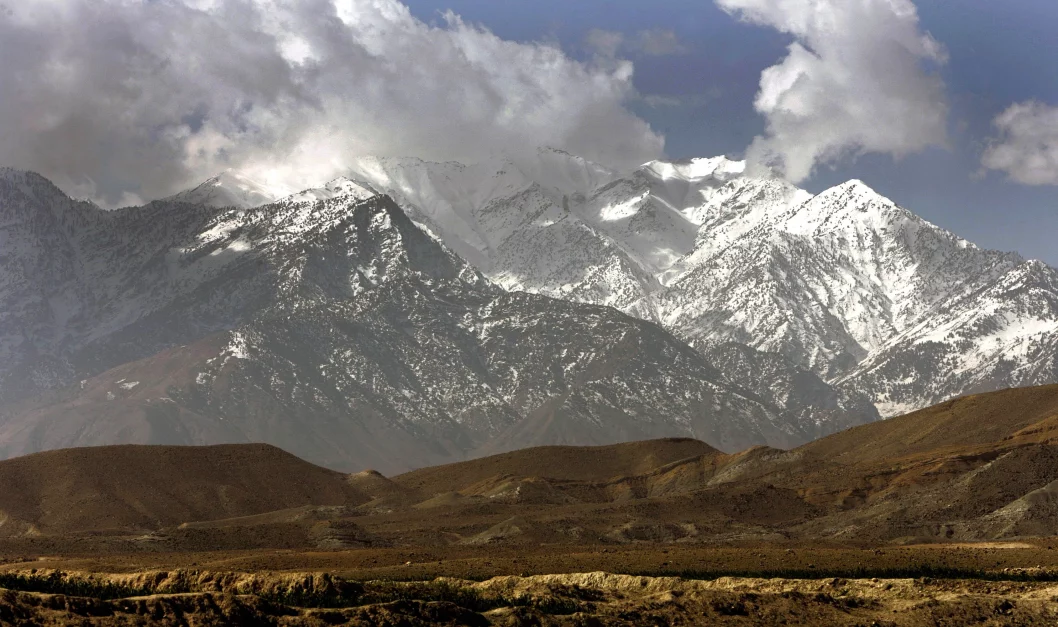
The Khyber Pass is characterised by a series of hills, which form the spurs of the Spin Ghar Range. It winds through these hills, creating the Khyber Gorge. The gorge, flanked by shale and limestone cliffs, stretches for approximately 33 miles (53 km).
Route and Landmarks
Following are the landmarks and routes:
Southeastern Entrance
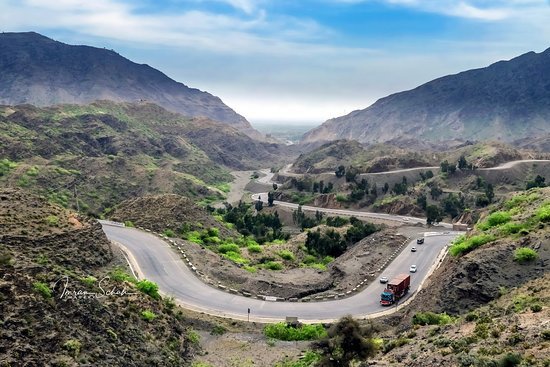
At the southeastern entrance, the pass ascends steeply and gradually rises westward and northwestward. It leads to Fort Ali Masjid (3,174 feet or 967 metres), where the Khyber River exits the pass. The namesake mosque, Ali Masjid, stands below the fort.
Narrow Passage
The pass narrows to a width of not more than 600 feet for a 5-mile (8-km) stretch northwestward from Ali Masjid, flanked by imposing and precipitous walls.
Landi Kotal
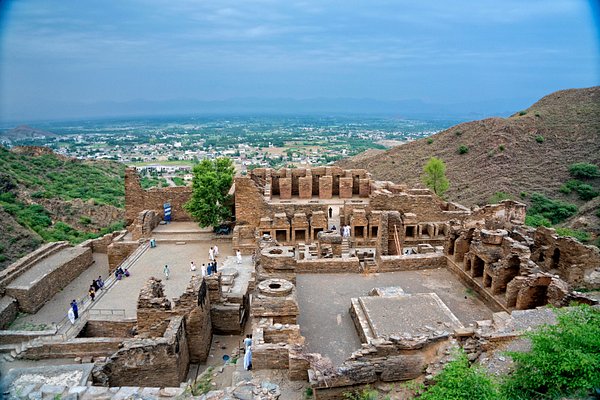
Around 10 miles (16 km) northwest of Ali Masjid lies Landi Kotal (3,518 feet or 1,072 metres), the highest point in the Khyber Pass. It serves as an important market centre and provides an alternate route back to Peshawar.
Landi Khana and Torkham
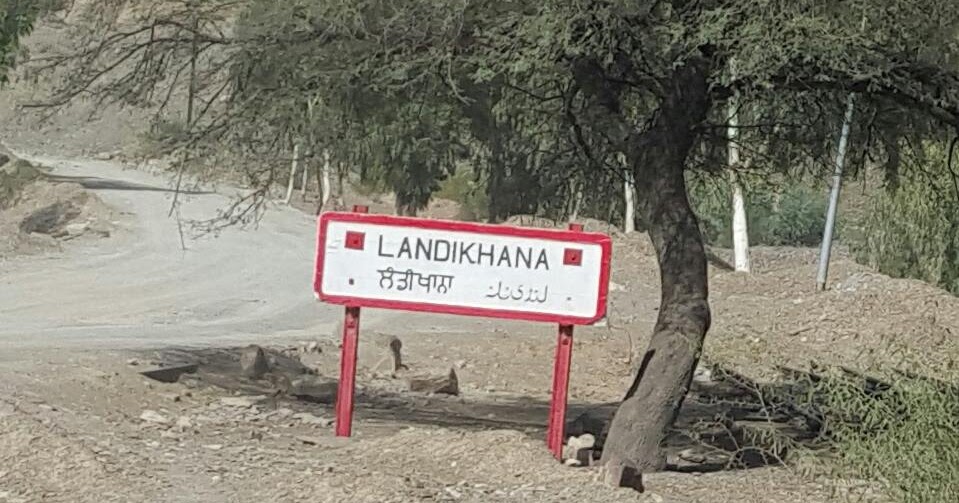
From Landi Kotal, the main pass descends northwestward through the territory of the Pashtun Shinwari people. It passes through another gorge and enters Afghan territory at the border post of Torkham (Towr Kham; 2,300 feet or 700 metres). A valley then winds for another 10 miles to Lowyah Dakkah in Afghanistan.
Caravan Track and Road
The Khyber Pass is traversed by a caravan track as well as a hard-surface road. Additionally, an alternative road skirts the southeastern entrance, bypassing it.
Strategic Importance
The Khyber Pass has long been a critical gateway to the Indian subcontinent from the northwest. Its unique geographical location has made it strategically important for controlling the Afghan border and securing trade routes.
Historical Associations
Here are some of the historical associations of the Khyber Pass:
Ancient Invasions
Through the centuries, the Khyber Pass has witnessed the passage of numerous armies and conquerors. Persians, Greeks, Mughals, Afghans, and the British have all traversed this historic route.
Silk Road and Buddhism
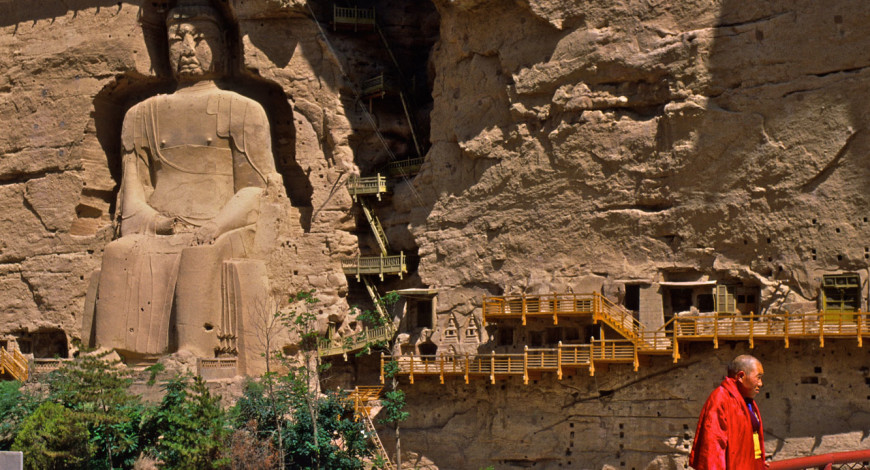
When the Silk Road was still active, the Khyber Pass served as a vital link between Taxila and Kabul. Buddhism flourished in the region when it was part of Ashoka’s Mauryan dynasty in the 3rd century BCE. Buddhist remains such as Kafir Kot, Shopla stupa, and the stupa near Ali Masjid attest to this rich heritage.
Islamic Invasions
The pass played a significant role in the Islamic invasions of the Indian subcontinent as well. In the 11th century CE, Mahmud of Ghazna launched a series of invasions into India through the Khyber Pass, capturing forts and expanding his empire. Subsequently, Muḥammad of Ghūr used the pass to reach the Punjab region and establish the Delhi Sultanate. Genghis Khan, the Mongol leader, followed the same route to invade the Indian subcontinent after conquering Khwarezm. Babar, the founder of the Mughal Empire, also entered India through the Khyber Pass, marking the beginning of Mughal rule in the region.
British Control and Resistance
The Pashtun Afridi people, who inhabited Khyber, fiercely resisted external control. The Mughals, and later the British, launched numerous expeditions to quell their resistance. The first British advance into Khyber took place in 1839 and, during the First Anglo-Afghan War, the pass was the site of skirmishes with the Afridis. The Treaty of Gandamak, signed during the Second Anglo-Afghan War in 1879, placed Khyber under British control. The Afridis temporarily seized the pass in 1897, but were eventually defeated by British forces.
Modern Importance
Since the establishment of Pakistan in 1947, the Khyber Pass has remained within Pakistani territory. In recent times, the pass has regained strategic significance. During the Afghanistan War that began in 2001, it became a vital supply route, facilitating the transportation of 75 percent of NATO coalition supplies. It served as a conduit for supplies from Karachi to Peshawar, onward through the pass to Torkham, and finally to Kabul. However, extremist activities in the region have frequently disrupted the flow of traffic through the pass.
Cultural Dynamics
The region is home to the Pashtun or Pathan people, a fiercely independent Pashto-speaking hill tribe. The area, though now part of Pakistan, has historically eluded full control by both the British Raj and the Pakistani government. Tribal chiefs hold sway over the region, and the Pashtun territory extends across the border, with 60% residing in Pakistan and 40% in Afghanistan. The Pashtuns, with their rich cultural heritage and Pashtunwali code of ethics, have long dominated the region’s government and business.
Conflict and Resistance Persist
Khyber Pass has been a hotbed of conflict and resistance for decades. Since the 1980s, Pashtuns have been engaged in various conflicts against Russian forces, other Afghan factions, American and allied troops, and even the Pakistani army. The Pashtuns, with their strong sense of identity and desire for autonomy, have fiercely resisted attempts by external forces and governments to exert control over their homeland. This resistance continues to the present day, with Pashtuns on both sides of the border vehemently opposing any encroachment on their sovereignty. Only through a comprehensive and nuanced approach can the region move towards stability, reconciliation, and prosperity.
Preserving the Heritage
Amidst the challenges and conflicts, it is crucial to recognise and preserve the rich heritage of the Khyber Pass. It is one of the historical places in Peshawar. The region’s historical significance as a crossroads of civilisations, its breathtaking natural beauty, and its vibrant cultural traditions make it a treasure trove of history and heritage. Efforts should be made to protect archaeological sites, promote cultural tourism, and celebrate the diversity of the Pashtuns. By valuing and preserving their heritage, the region can foster a sense of pride and unity among its inhabitants, contributing to a more peaceful and prosperous future.
The Khyber Pass stands as a symbol of resilience, defiance, and historical grandeur. Its majestic terrain, strategic importance, and cultural dynamics have shaped the destinies of empires and civilisations throughout history. The Pashtuns, with their fierce independence and strong sense of identity, have left an indelible mark on the region’s history and continue to play a pivotal role in its conflicts and aspirations for self-determination. Understanding the complexities of the Khyber Pass region is essential for comprehending the broader dynamics of Central and South Asia. It will continue to be a gateway of legends and conquest, embodying the indomitable spirit of its people and the complexities of a region at the crossroads of history.
For more information on Bab e Khyber, visit Graana.com.
